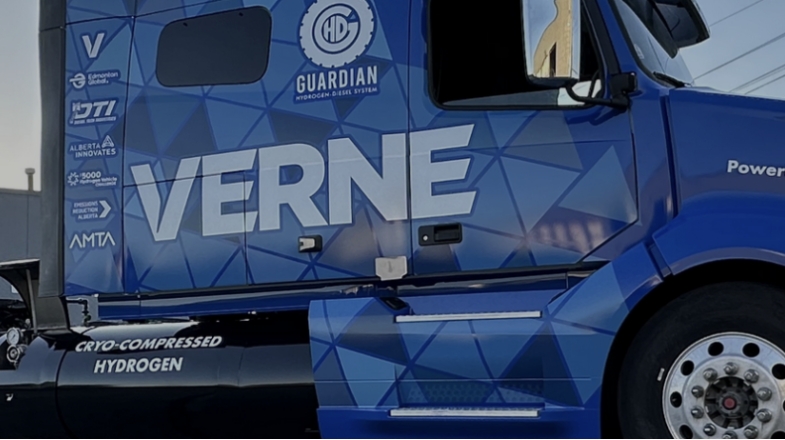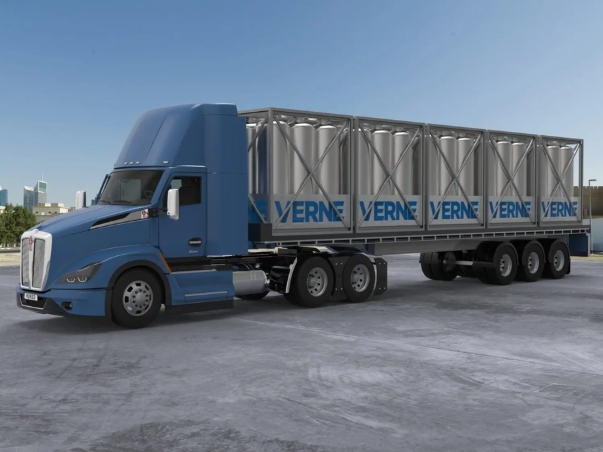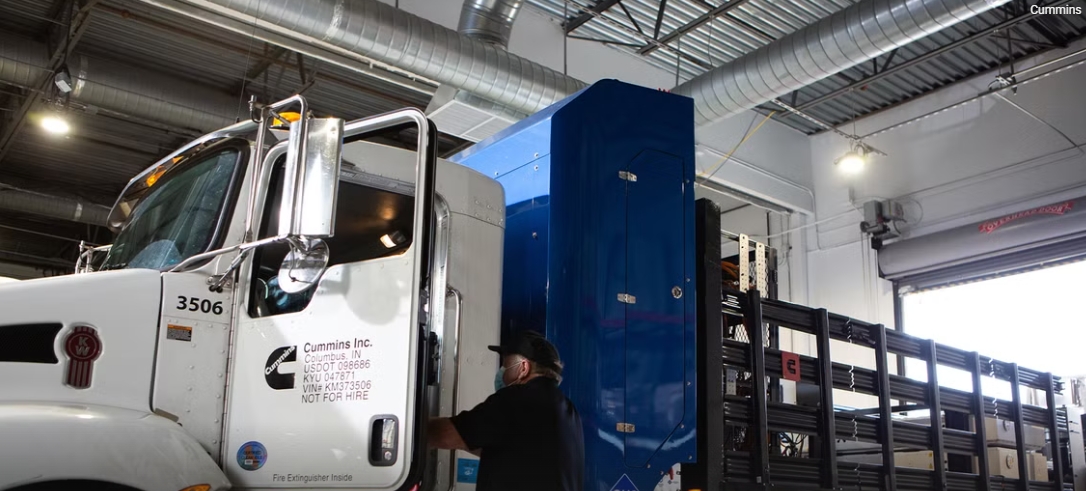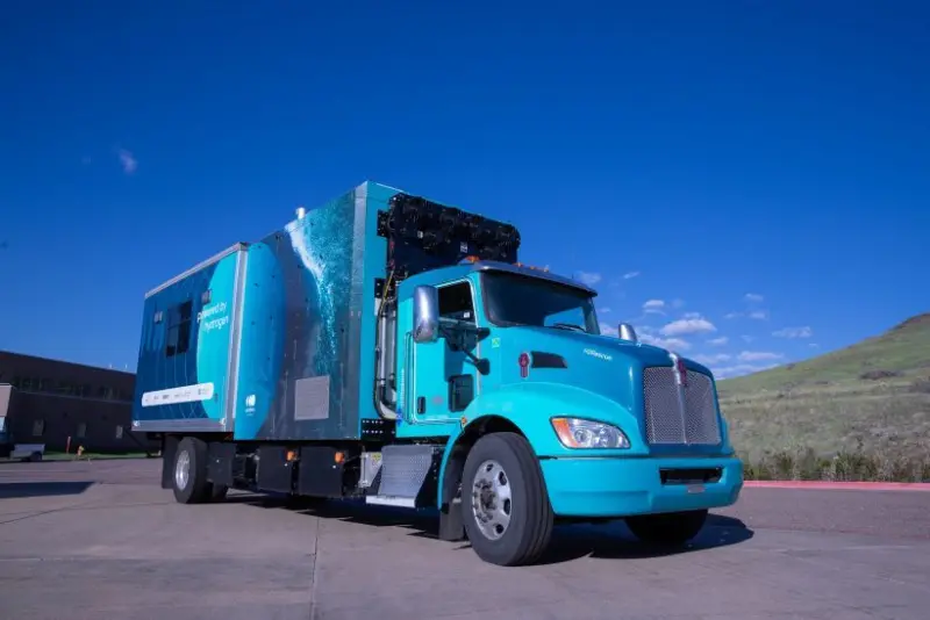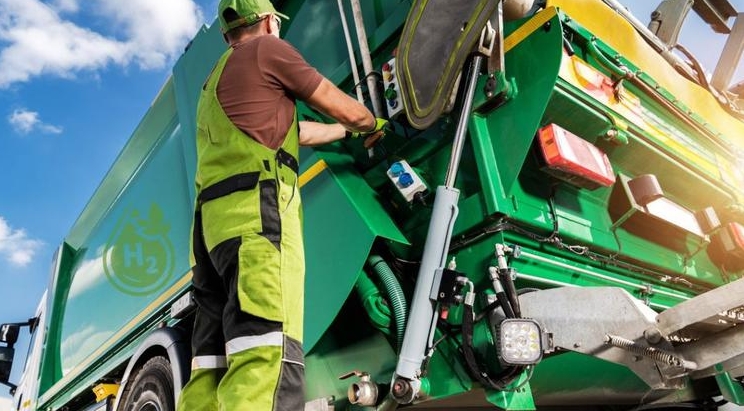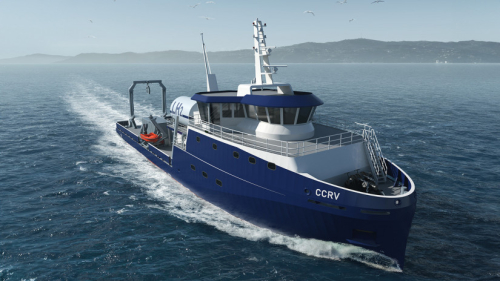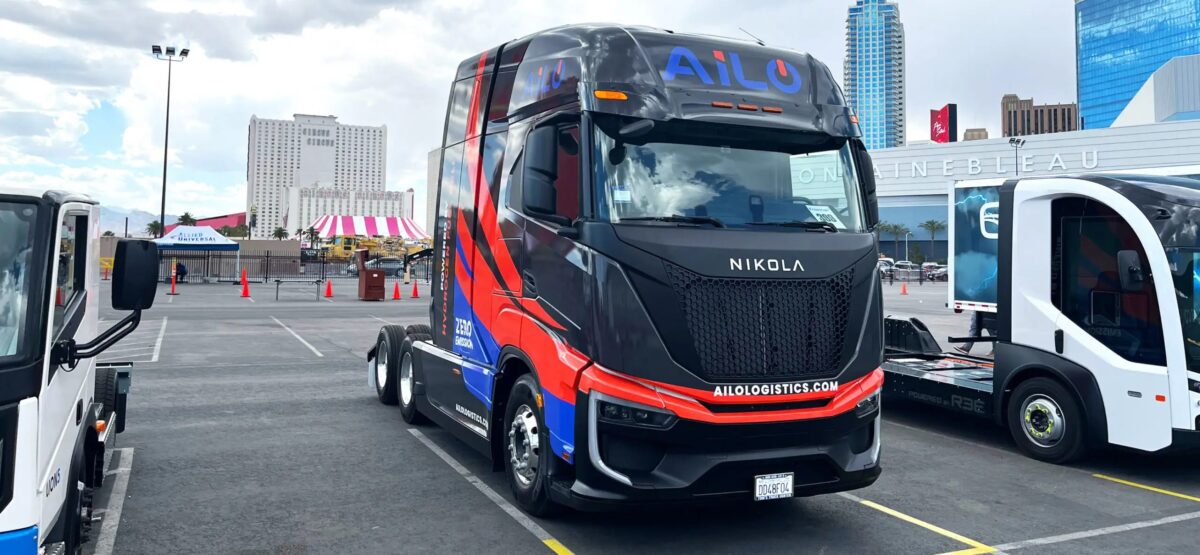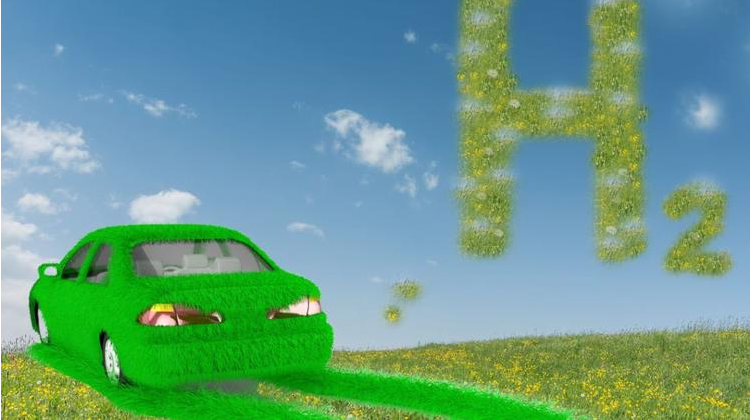
Layer and Croft have partnered to design a new system to retrofit vehicles into green hydrogen cars. They have created the Nanoplant and Nanocartridges, the first prototypes that allow users to produce solid-state H2 for powering hydrogen cars and trucks.
The companies partnered to design a new system to make it possible to retrofit vehicles to run on H2.
Layer and U.S. startup Croft joined forces to design several new products that will make it possible to retrofit vehicles and turn them into green hydrogen cars.
The Croft Nanoplant and Nanocartridges are the first prototypes to result from this partnership.
The first two prototypes for which the project is currently raising funds are the Nanoplant and the Nanocartridges from Croft. They make it possible for users to produce their own solid-state H2 for powering hydrogen cars, trucks and even heavy-duty vehicles.
The Nanoplant looks not unlike a large home battery. It works by using electricity from the grid to electrolyze tap water, splitting the molecules into H2 and O2. If the grid is powered by renewable energy, the product is considered to be green hydrogen. That said, this would depend on the source of power on the grid to which it was connected.
The Nanoplant has a pull-out drawer with a capacity for up to four Nanocartridges for hydrogen cars.
Those are an alternative form of cannister which is where the H2 produced in the Nanoplant is stored. It is stored in the Nanocartridges using a proprietary particulate to which the H2 adheres.
According to Croft, by storing the H2 this way it offers a method of storage at density and at low-pressure, meaning that it is safe while simultaneously providing hydrogen cars with better power and range than their battery electric counterparts.
Croft is “dedicated to creating a blueprint for an enduring, scalable, green-hydrogen economy,” said a statement from Layer. It also pointed out that its partner provides its tech with a notably lower price tag than other H2 storage solutions currently on the market or that are approaching their launch.
Layer has stated that the Nanoplant and Nanocartridges are great for hydrogen cars, but that they’re ideally suited for larger vehicles operating in environments with few fast-charging options. For instance, pick-up trucks used in farming, construction, forestry, and other industries. Those will be the primary target markets for the launch of these products.
Meant for hydrogen cars and trucks operating in areas not well served by EV charging stations.
“Batteries are great to decarbonise smaller passenger vehicles that get used in gentle, predictable ways with access to good charging infrastructure,” said Benjamin Hubert, founder of the Layer creative agency. “However, lots of mobility applications don’t match that description, and there, we need a power source that is denser than batteries and has fewer dependencies on infrastructure.”
“Hydrogen stores significantly more energy in less space and with less weight than batteries, and it’s much easier to use hydrogen in environments with weak grids or where charging otherwise isn’t available,” added Hubert. He explained that, at least in the near future, hydrogen cars and trucks could provide a complementary zero-emission vehicle alternative to electric vehicle technology, as opposed to being competition.
“It’s a great complementary solution to batteries, and as with all things, it’s important to pick the right tool for the right job,” he stated in a recent Dezeen article.
Retrofitting vehicles to become hydrogen cars and trucks
In order to retrofit vehicles using the system to become hydrogen cars and trucks, Croft removes the majority of the powertrain components. Instead, an H2 storage system, fuel cell, electric motor and other components are installed and the vehicle’s onboard computer is reprogrammed in order to operate them.
The Nanoplant and Nanocartridge design and engineering was lead by Layer, which sought to make them as practical and simple to understand and use while also having a robust and technological appearance.
